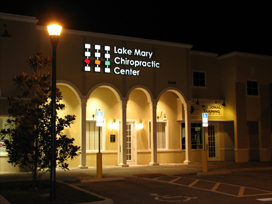Whiplash today affects a huge segment of society. In the U.S. there are approximately 3 million new injuries each year, with 35-50% of these victims suffering long-term pain, and about 14% becoming disabled. Despite the many advances in automotive safety technology, the incidence of whiplash has been on the rise over the past decade.
What Is Whiplash?
For many people, the term “whiplash” conjures up a fairly uncomfortable image of being rear-ended by another car and having your head suddenly snapped back and forth by the impact. It is more accurately called cervical acceleration/deceleration (CAD) injury, which describes the rapid movements that can cause damage to spinal joints, discs, ligaments, muscles, and nerve roots. Anyone can be subjected to whiplash, even in a low-force car crash at speeds as low as 2.5mph! Other mishaps such as sport injuries or falls can also cause whiplash. Symptoms can include neck or back pain, headache, dizziness, or abnormal sensations such as burning or numbness. In addition, some people experience memory loss, concentration impairment, irritability, sleep disturbances, fatigue, or depression.
Treatment Options For Whiplash
The long term physical and psychological effects of whiplash can become chronic, eroding a victim’s quality of life. The treatment options which are commonly sought include chiropractic, pain medications, non-steroidal anti-inflammatory drugs, anti-depressants, ice/heat application, muscle relaxants, and physical therapy. Chiropractic adjustments are particularly beneficial because they can restore normal joint movement lost after the accident, prevent scar-tissue formation, and accelerate healing time.
If you hear the noise of a car braking, stomp on your brake pedal and push your back and head against the backrest and the headrest without turning your head. This will provide you with the best chance of avoiding a neck injury.
Reference: Foreman, SM, Croft AC. Whiplash injuries: The cervical acceleration/deceleration syndrome, 2nd ed., Baltimore: Williams & Wilkins, 1995.



